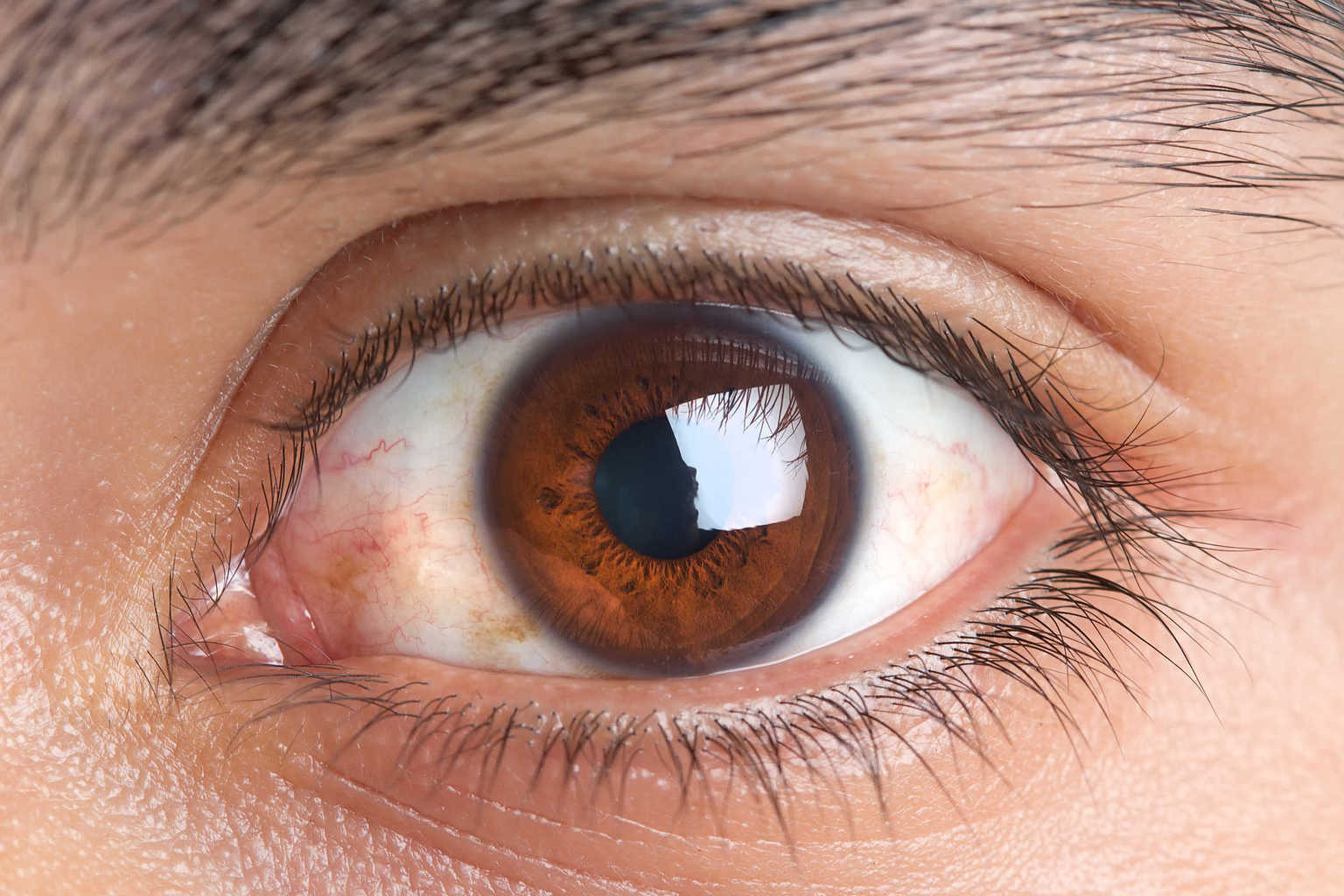Contents:
Medical Video: Diabetes Skin Problems - Pictures of Diabetes Sores
Granuloma annulare is a chronic skin disease consisting of a rash with reddish lumps arranged in a circle or ring.
Granuloma annulare most commonly affects children and young adults. This disease is a little more common in women.
Why did I experience this complication?
Granuloma annulare is a delayed hypersensitivity reaction in several components of the skin, and is an inflammation caused by tumor necrosis factor alpha (TNF). The reason for this is unknown.
Local granuloma annulare is sometimes associated with autoimmune thyroiditis, but does not subside by replacing the thyroid. Prolonged granuloma annulare is sometimes associated with diabetes mellitus, hyperlipidemia, lymphoma, and (although rare) is also associated with HIV infection and solid tumors.
Some of the following can trigger granuloma annulare:
- Animal or insect bites
- Infections, including hepatitis
- Tuberculosis skin test
- Vaccination
- Sun exposure
What are the symptoms of granuloma annulare?
Granuloma annulare usually does not cause other symptoms, but the rash that occurs may make you feel a little itchy.
You might see a small solid lump (papule) on your back, forearm, hands or feet. Sometimes, they form a circle like a ring.
Although rare, granuloma annulare may appear as a dense nodule under the skin of the arm or leg. In some cases, the rash can spread throughout the body.
If you are over 40 years old, you may often experience more intense itching with diffuse granuloma annulare.
You should contact your doctor if you see a circle like a ring anywhere on your skin that doesn't disappear in a few weeks.
How do doctors diagnose my condition?
Your doctor may think you have a fungal infection when you first see your skin. The doctor may use the skin friction method and the KOH test to distinguish between granuloma annulare and fungal infections.
You may also need a skin biopsy to confirm the diagnosis of granuloma annulare.
What is the treatment for granuloma annulare?
Because granuloma annulare usually causes no symptoms and is not a dangerous condition, you may not need treatment except for cosmetic reasons. Most lesions disappear within a few months, and rarely last more than 2 years.
If the appearance of the rash bothers you, your doctor can recommend:
- Cream corticosteroids or ointments. A strong product prescription can help improve the appearance of the lesion and accelerate the loss of the lesion. Your doctor may direct you to cover creams with bandages or adhesive tape, to increase the effectiveness of this treatment.
- Corticosteroid injections. If the skin lesions are thicker and the symptoms that occur are greater, the doctor may inject corticosteroids directly into the lesion to help them disappear faster.
- Freezing of lesions. Giving liquid nitrogen to the affected area can help remove lesions and stimulate new skin growth.
- Light therapy. Exposing lesions to certain types of light sometimes helps. Some types of laser treatments also work for some people.
- Eating medicine. In severe cases, especially when the lesion spreads, the doctor may prescribe drugs that are used to prevent the immune system reaction in people who have rheumatoid arthritis or who have received organ transplants.
Even if the treatment proves successful, granuloma annulare tends to return when treatment is stopped.












